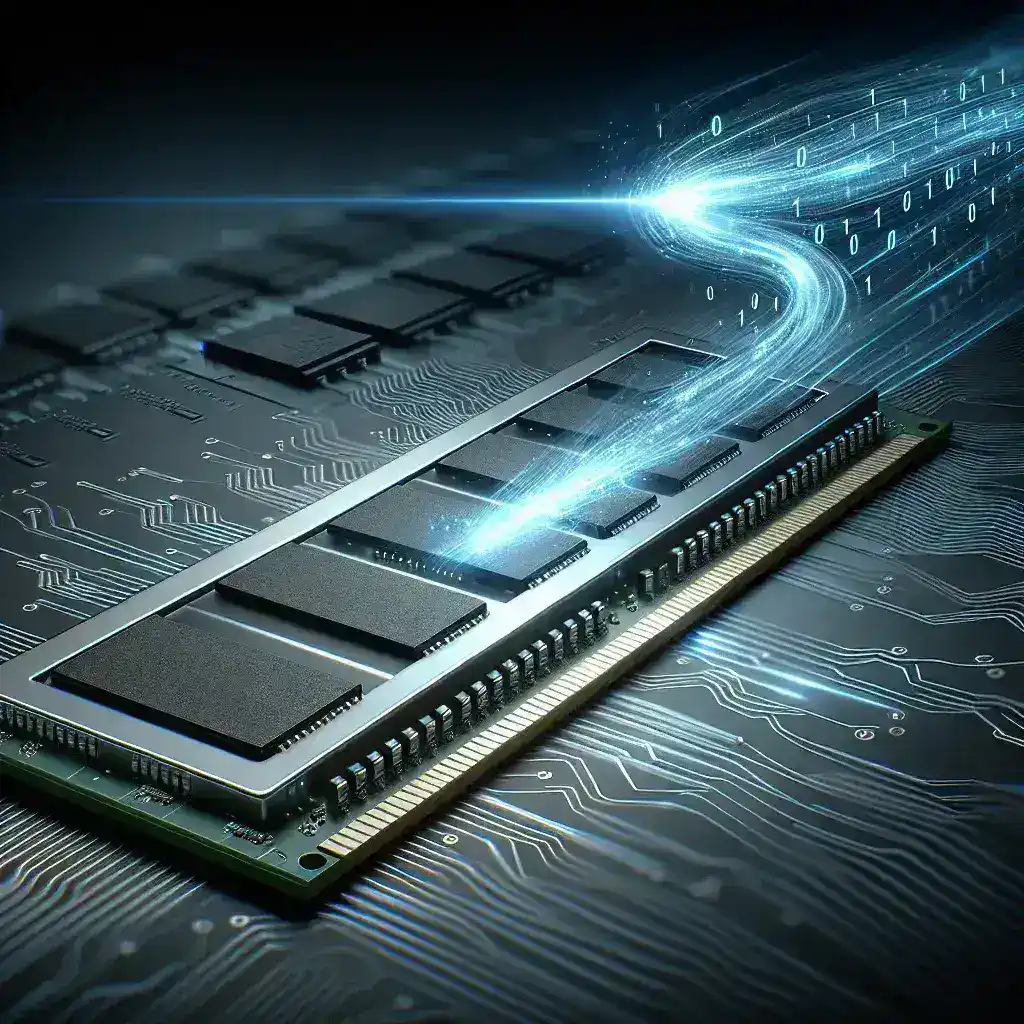Introduction
As technology continues to evolve at a breakneck pace, one of the most anticipated advancements in computer hardware is the rollout of the next-generation DDR6 RAM. With specifications now finalized boasting transfer rates of 12,800 MT/s, this new memory standard promises to revolutionize the way we think about speed, efficiency, and multitasking in modern computing. In this article, we delve deep into the specifications, advantages, and potential applications of DDR6 RAM, while also exploring how it stands to change the landscape of computing.
Understanding DDR6 RAM
Dynamic Data Rate 6 (DDR6) is the latest iteration of the DDR SDRAM (Synchronous Dynamic Random Access Memory) technology. It succeeds DDR5 and introduces significant enhancements that cater to the growing demands of data processing and storage. DDR6 RAM aims to provide higher bandwidth, lower latency, and increased energy efficiency, making it an essential component for gamers, content creators, and enterprise-level applications alike.
Specifications Overview
The finalized specifications for DDR6 RAM are nothing short of impressive:
- Transfer Rate: Up to 12,800 MT/s
- Data Width: 64 bits
- Voltage: 1.1V (lower than DDR5)
- Memory Density: Up to 64 GB per module
- Channel Architecture: Dual-channel configuration
- Latency: Improved response times
Comparative Analysis: DDR5 vs DDR6
To appreciate the advancements of DDR6 RAM, it’s essential to understand how it compares with its predecessor, DDR5. Below are some key differences:
Performance
DDR6 RAM achieves a remarkable transfer rate of 12,800 MT/s, significantly outpacing DDR5, which maxes out at around 8,400 MT/s. This increase in speed translates to improved performance in intensive applications such as gaming, video editing, and 3D rendering.
Energy Efficiency
One of the most appealing features of DDR6 is its lower operating voltage of 1.1V compared to DDR5’s 1.2V. This reduction in voltage leads to decreased power consumption, which is crucial for mobile devices and laptops, extending battery life and reducing heat generation.
Capacity and Scalability
DDR6 modules can accommodate up to 64 GB per stick, allowing for greater scalability in high-performance systems. This is particularly beneficial for gamers and professionals who require extensive memory for multitasking and running demanding applications.
Impact on Technology and Performance
The introduction of DDR6 RAM is poised to significantly impact various sectors, including gaming, artificial intelligence, and cloud computing. Here’s how:
Gaming
As games become increasingly complex, the demand for faster and more efficient memory grows. DDR6’s high transfer rates ensure smoother gameplay and quicker load times, providing gamers with a competitive edge.
Content Creation
For video editors, graphic designers, and 3D modelers, the enhanced capabilities of DDR6 RAM facilitate seamless multitasking and real-time rendering, allowing creators to focus on innovation rather than waiting for processes to complete.
Artificial Intelligence and Machine Learning
High-speed RAM is critical in AI and machine learning environments where large datasets need to be processed quickly. DDR6’s specifications can support advanced algorithms and models, leading to faster training times and improved performance.
Cloud Computing
With the expansion of cloud services and virtual environments, DDR6 RAM will enable data centers to deliver faster and more reliable services, improving user experiences and operational efficiency.
Future Predictions and Trends
As we look ahead, the adoption of DDR6 RAM is expected to grow rapidly. Here are a few trends to watch:
- Widespread Adoption: Major manufacturers are likely to transition to DDR6, making it the standard in new hardware releases.
- Innovative Applications: The increased bandwidth may enable new applications in gaming and professional software, including virtual reality (VR) and augmented reality (AR).
- Integration with New Technologies: DDR6 could play a crucial role in the development of next-gen processors and graphics cards, ensuring that they operate at peak performance.
Pros and Cons of DDR6 RAM
Like any technology, DDR6 RAM comes with its own set of advantages and disadvantages:
Pros
- Significantly higher transfer rates enhance overall system performance.
- Lower voltage improves energy efficiency.
- Larger memory capacity allows for better multitasking.
- Future-proofing for upcoming applications and technologies.
Cons
- Potentially higher costs during initial rollout.
- Compatibility issues with older motherboards and systems.
- Availability may be limited in the initial phases.
Conclusion
The finalization of DDR6 RAM specifications, boasting an impressive 12,800 MT/s transfer rate, marks an important milestone in the evolution of computer memory technology. As this new standard emerges, it promises to enhance performance across various sectors, from gaming to artificial intelligence. While the initial costs and compatibility concerns may pose challenges, the long-term benefits of DDR6 RAM are undeniable. As we eagerly await its widespread adoption, one thing is clear: DDR6 will undoubtedly shape the future of computing.
